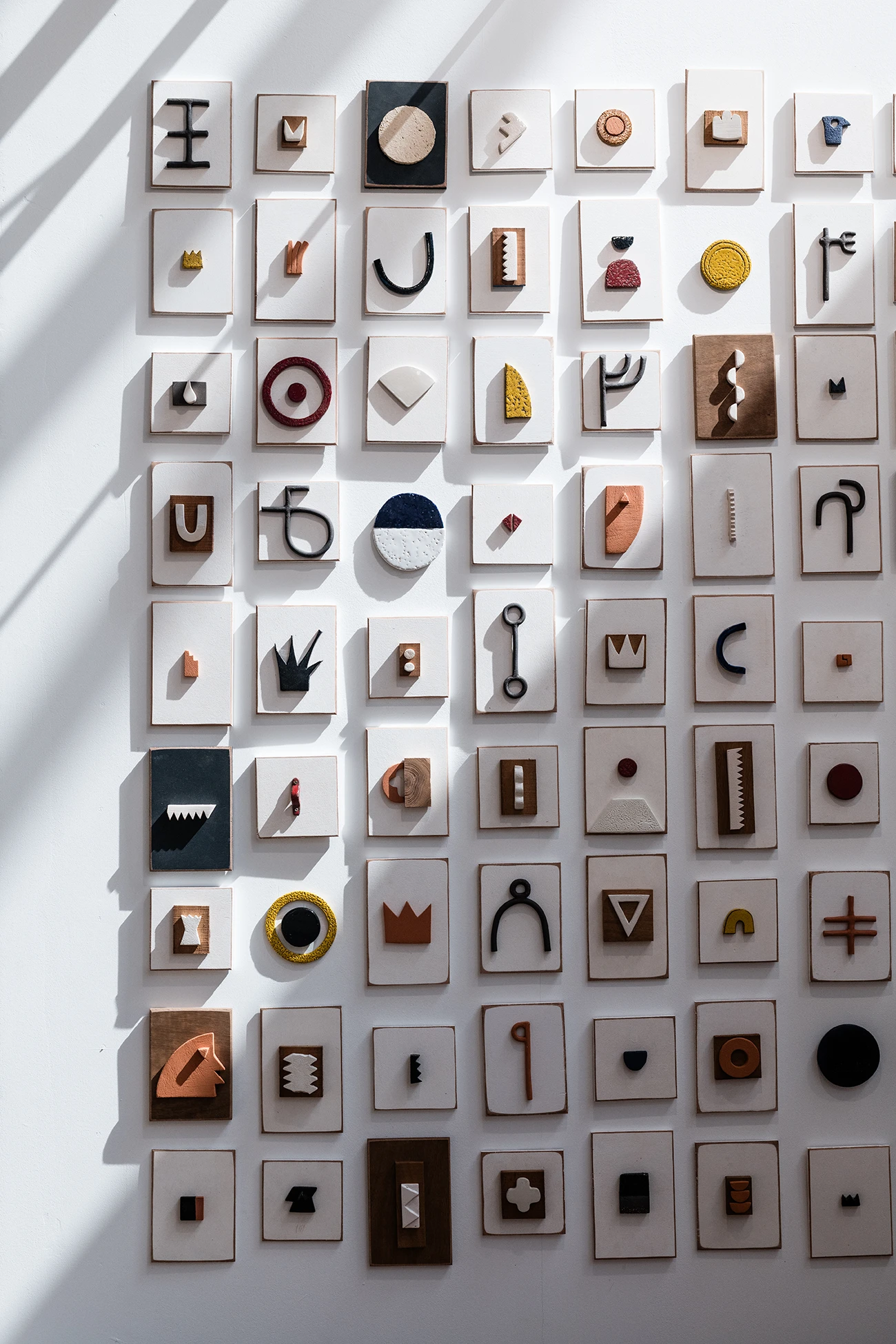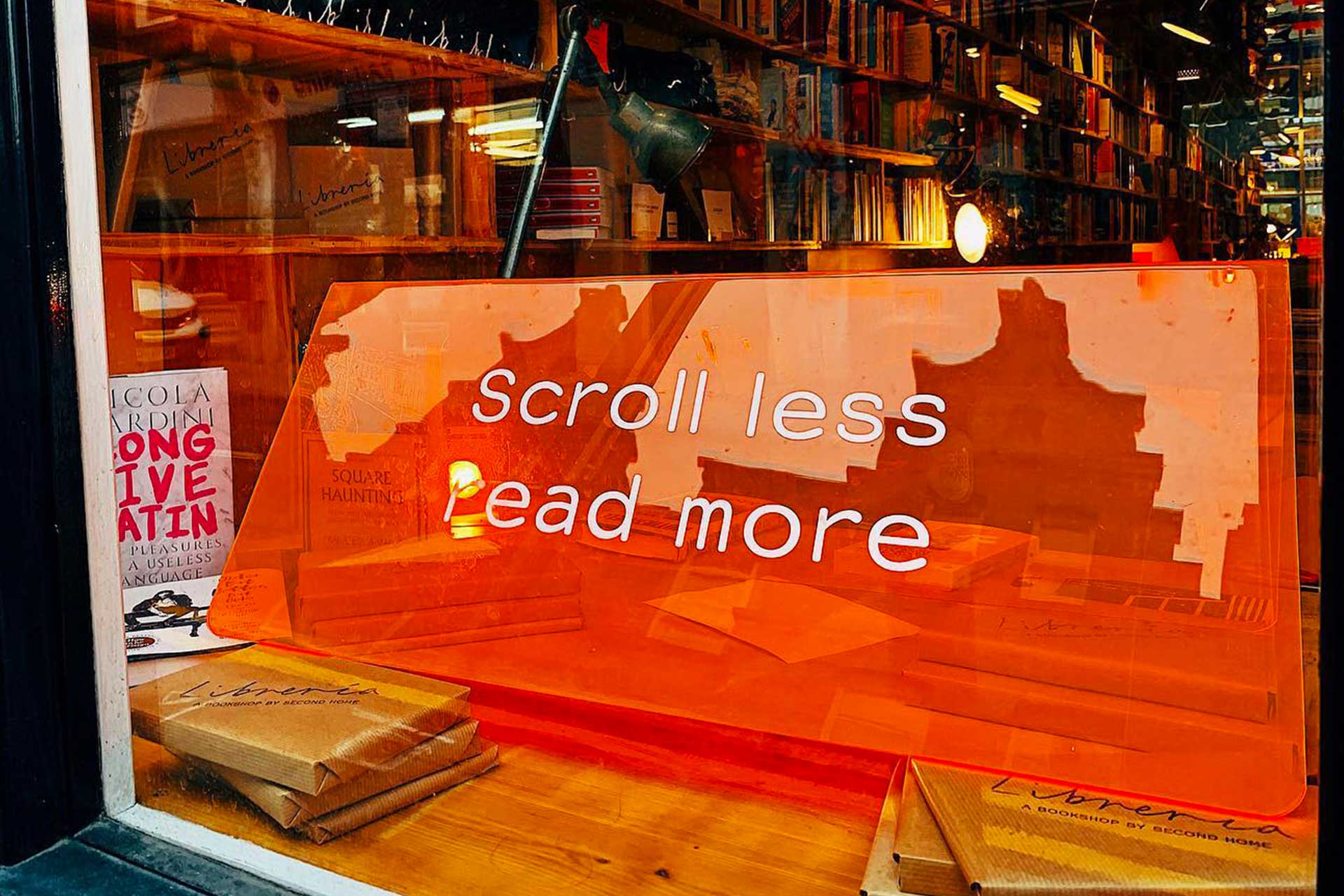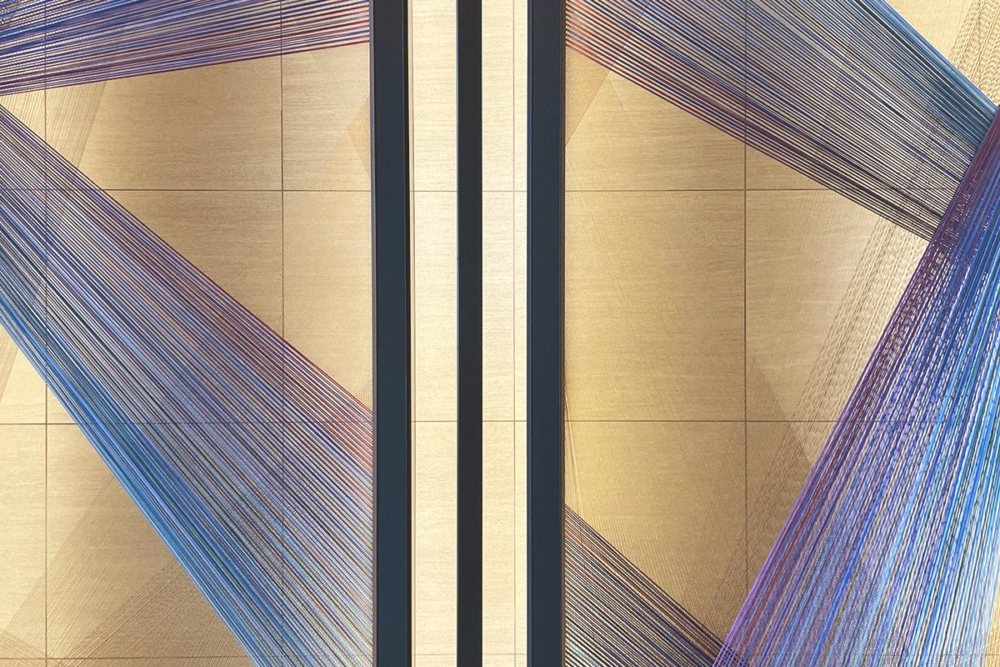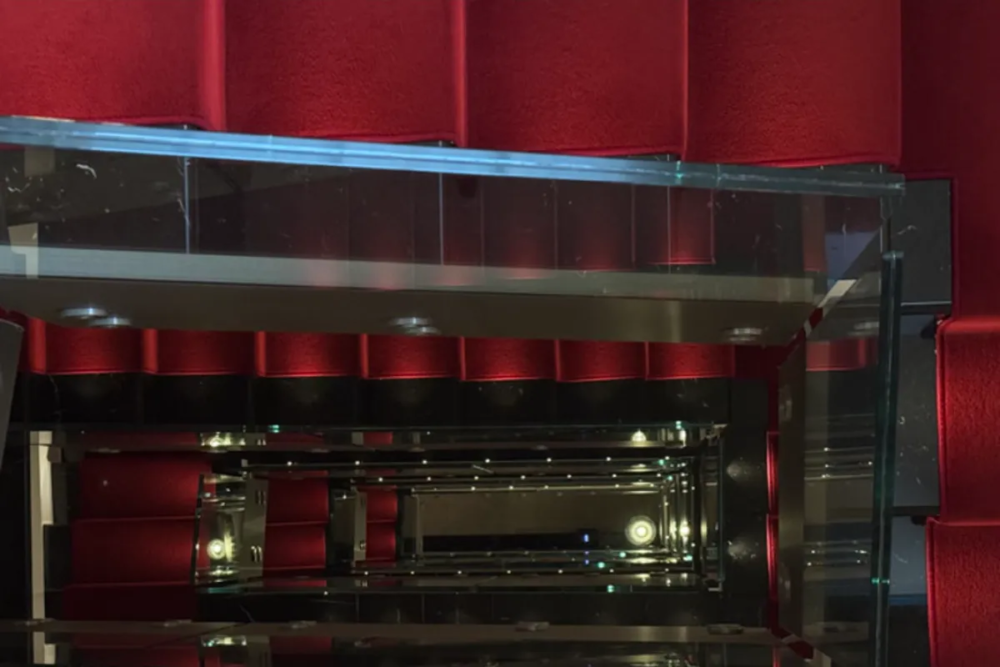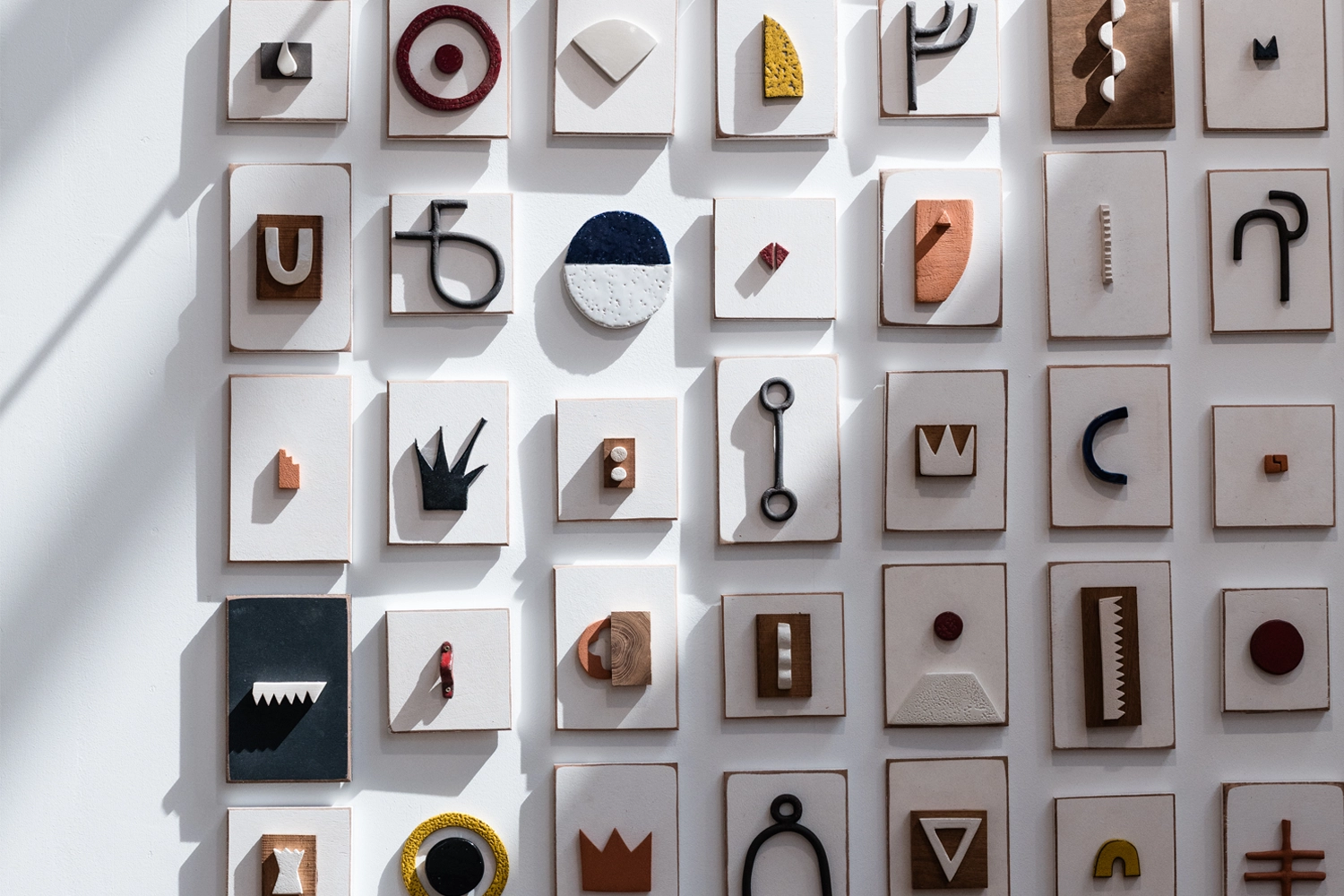
Mediterranean Canvas: How CAN Ibiza Paints a New Identity for the Island
As the 2025 edition closes, the fair’s founding curator Saša Bogojev reflects on four years of building a boutique art platform that resists aesthetic clichés and champions global relevance
Lampoon introduces CAN – Contemporary Art Now Fair
Contemporary Art Now Fair—better known simply as CAN—was launched at the initiative of the local government, aiming to balance Ibiza’s reputation as a Spanish and European nightlife capital with a fresh injection of cultural programming and artistic content. The call was answered in 2022 by Sergio Sancho, founder and director of Madrid’s UVNT Art Fair, which is set to celebrate its 10th anniversary in 2026. For this brand-new venture, Sancho brought together his and his team’s expertise in the art fair circuit with the creative vision of writer and curator Saša Bogojev, who was given full curatorial freedom to bring meaningful content and connections to the island.
Despite initial resistance from galleries—understandably cautious about adding a new fair to their already packed calendars, especially in the middle of summer—Bogojev cleverly turned the allure of the location into a key asset. The first edition went ahead, featuring 36 galleries from 13 different countries, accompanied by a lively program of post-fair events celebrating the Mediterranean lifestyle that has made Ibiza both iconic and irresistible. Three more editions followed the 2022 debut, with the most recent—the 2025 edition—taking place from June 25 to 29 at the FECOEV fairgrounds in Ibiza.
Ibiza: from hippies’ gateway to chic holiday hotspot
Ibiza floats in a kind of duality: on one hand, its legacy as a gateway for the hippie community, which championed ideals of freedom and free love; on the other, its enduring popularity among the international jet set. It was the 1960s when the first Californian hippies began stopping in Ibiza and Formentera on their journeys from Marrakech to Goa. The islands quickly became a European cradle of counterculture, attracting icons of the pacifist youth movement—from Bob Dylan to Pink Floyd—as well as Brian May (Queen), Ron Wood (The Rolling Stones), and Jimmy Page (Led Zeppelin), who all performed in the garden of Las Dalias, back when it was little more than a bar in a rural corner of the island. Meanwhile, in Es Canar, north of Santa Eulària, the very first street market emerged, where hippies sold their handmade goods—a tradition that still survives today.
Only a few bastions of that era remain: faint echoes of the Ad-Lib style—born in Ibiza and defined by its simple, flowing white garments made from natural fabrics—the Es Canar market itself, a few artist studios and craft workshops, and the long-haired, kaftan-clad figures who now mostly serve as nostalgic props for mass tourism. Soon after the hippies came fashion designers and artists, propelling the island into the spotlight—until the arrival of the international jet set, which ushered in Ibiza’s now-famous hedonistic nightlife.
“It’s the same process of gentrification you see in every major city: the outskirts and the places of failed industrial promises, are reclaimed and reimagined by artists. And when they flourish, they get gentrified, and the whole art scene moves elsewhere. That evolution already happened in Ibiza—decades ago,” explains Bogojev.

Ibiza’s art scene
Yet the island hosts a thriving and respectable art scene: from MACE, the Museum of Contemporary Art, to the Puget Museum, which displays the legacy of local painters Narcís Puget Viñas and his son Narcís Puget Riquer, not to mention numerous galleries and artists’ studios. “There are still creative efforts alive on the island. I know artists who live and work here, feeding off its energy, its sense of freedom, the climate—everything it has to offer,” says Bogojev. “But it’s not easy for them. Hopefully, with this new program—the art week—with CAN as its epicenter, things will begin to shift. Of course, change takes time.”
Ibiza’s reputation may suggest otherwise, but that’s precisely why Bogojev was determined to create a high-quality fair—one that could become a meaningful reference point within the international art scene by bringing notable galleries and, above all, valuable art to the island. “In my initial conversations with galleries, many people told me they didn’t have artists who would ‘fit’ Ibiza,” he recalls. “But my role as a curator was never to bring more of Ibiza’s aesthetics to the island—it was to bring valuable works of art. Not valuable in a financial sense, but in terms of artistic and cultural relevance—pieces that could easily be in the spotlight in Berlin, London, or anywhere else in the world.”
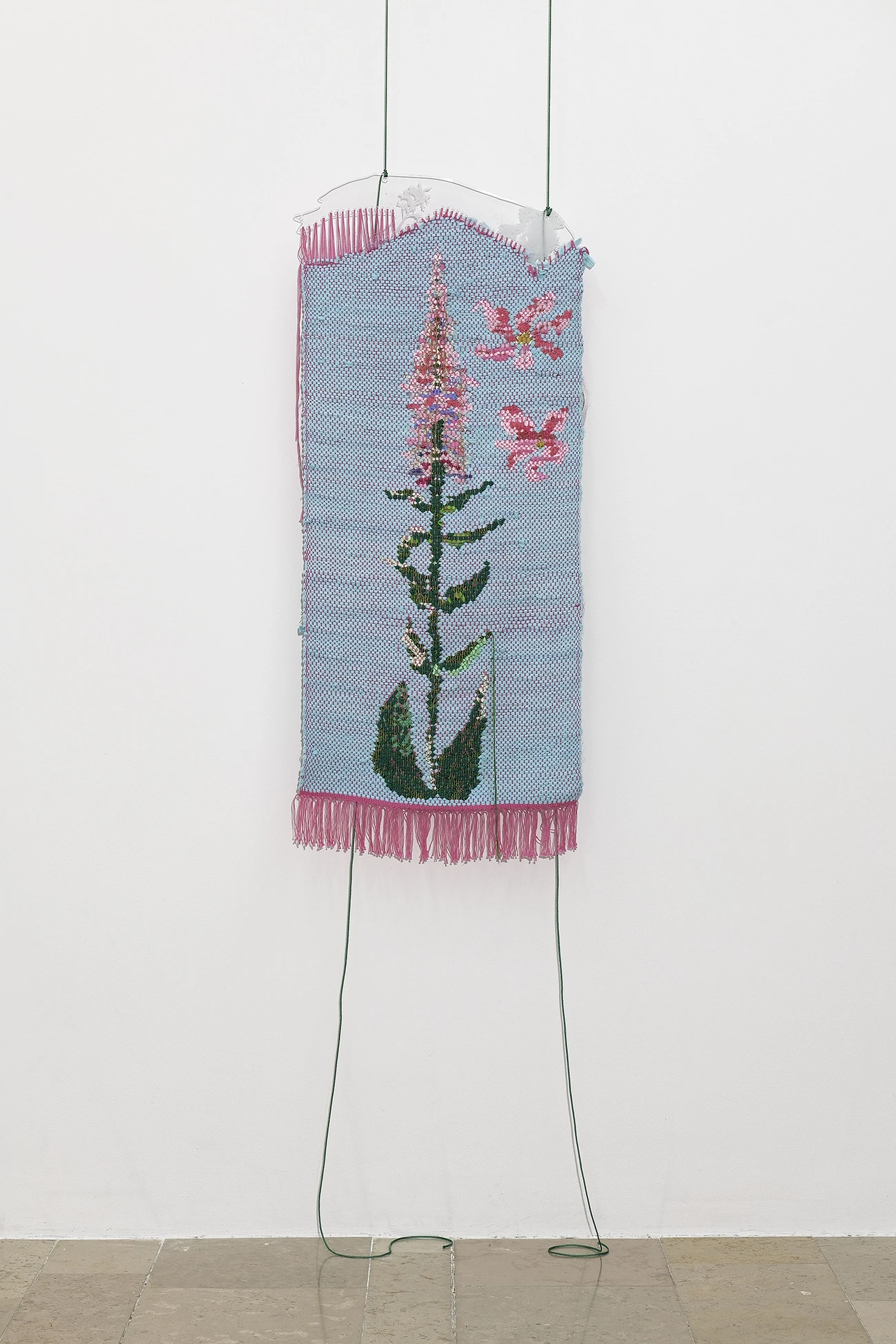
CAN Ibiza Art Fair: balancing experimentation and accessibility
“Counterculture is something I’m personally interested in, coming from a background in skateboarding and punk bands,” says Bogojev. “But it’s not something I consciously pursue. The fair is, after all, a commercial event, and that makes it difficult to merge the two worlds, especially when working with galleries that are putting their art up for sale.” That said, within those galleries are often artists whose work challenges existing systems or explores themes that, in some way, push against dominant narratives. “I appreciate when we come across something like that,” Bogojev notes. “And in my curatorial process, I try to be guided primarily by my personal taste, my eye, my experience of looking at art—mostly painting—intensively and without filters for the past decade or so. If I find the work interesting, exciting—technically, aesthetically, or in its approach—then I dig deeper, to learn more and see if there’s a way to bring it to the island.”
CAN doesn’t aim to be an exclusive fair—at least not in the sense of limiting public access to new artistic languages, which are a crucial part of today’s cultural conversation. Over the course of his curatorial career, Bogojev has developed a format that blends more immediately accessible art—often by established artists—with experimental work by emerging names tackling bolder, more controversial themes. “In this way, you allow new artists to benefit from the spotlight that established ones naturally receive, while the latter can feed off the excitement and buzz that surrounds fresh, upcoming art,” the Creative Director explains.
With CAN, he applies the same logic—bringing together galleries with solid reputations and recognized artists, alongside younger galleries championing lesser-known names. From its very first edition, the fair has welcomed galleries from across the globe—from Japan and Korea to Hong Kong, Australia, and of course, all over Europe. Bogojev describes it as a global effort to spotlight a type of art that would otherwise never make it to the island—a unique location undergoing a cultural awakening that, hopefully, will attract a new kind of visitor.
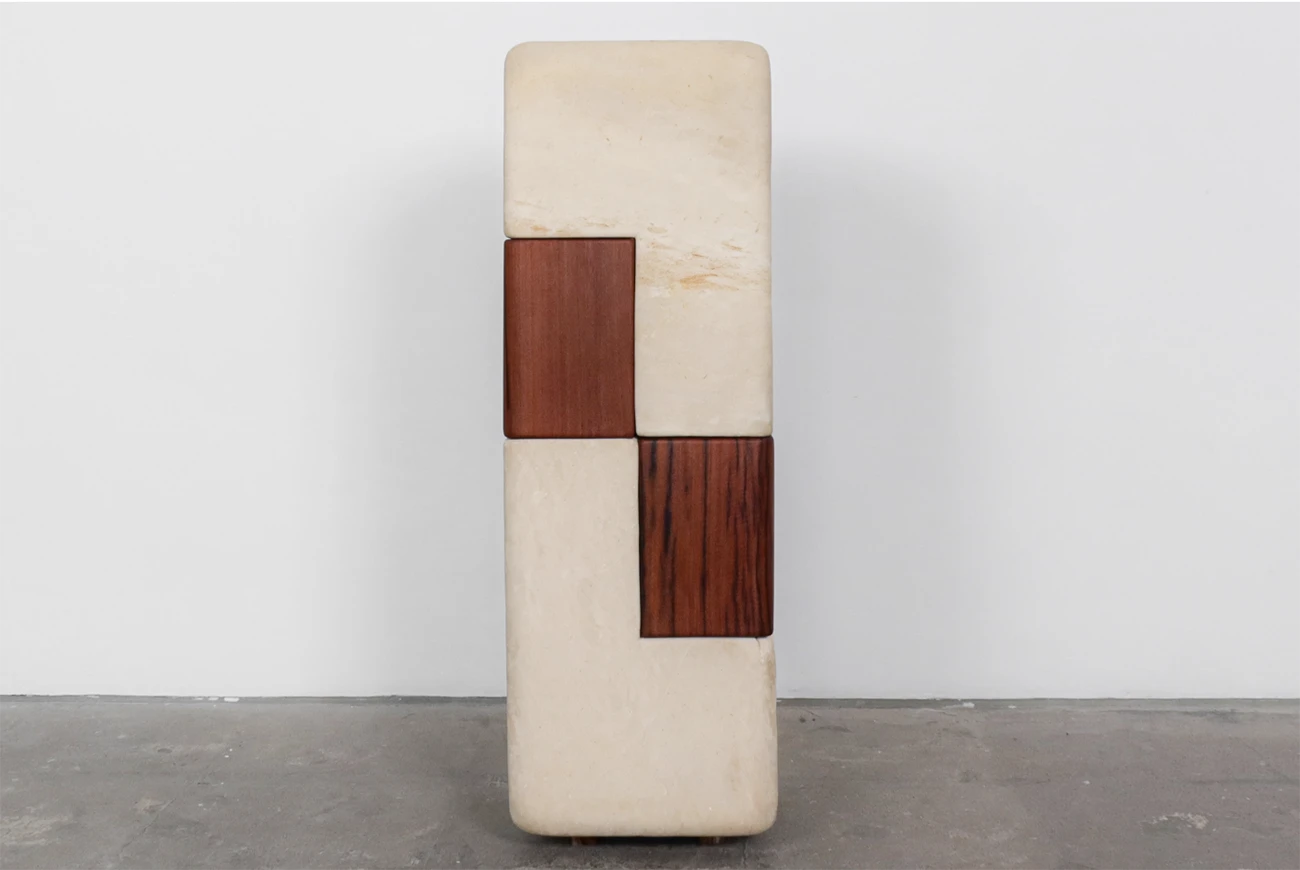
CAN’s Special Program aims at leaving a long-lasting impact in the Ibiza art scene
Another strategy to reinforce its presence on the island—and to make that presence known even to those who don’t attend the fair as visitors—is CAN’s Special Program: site-specific installations, collaborations with local institutions and art spaces, as well as exhibitions and awards. Through this initiative, CAN aims to inject international energy into Ibiza’s cultural ecosystem—an impact meant to extend far beyond the four days of the fair by activating long-lasting synergies and connections with and among local players.
For the 2025 edition, two site-specific works were produced, including one in the public space. The Owl, by Stefan Strumbel, is a classical symbol of wisdom, night, and the ability to see what lies hidden. Located on the central Vara de Rey, it gazes out over a turbulent world in a time of global uncertainty. Hiva Alizadeh unraveled the architecture of space, time, and identity through a hypnotic cascade of synthetic hair and vibrant colors in Portal, an installation located in Booth 1 inside the fair.
Among this year’s awards, Las Cicadas Art Residency in Ibiza granted two residency prizes—one to Rob Tucker (with 193 Gallery) and another to Jamie Bragg (with Gathering at CAN 2025). Meanwhile, CCA Andratx, based on the island of Mallorca, awarded a residency to artist Laia García, represented by Herrero de Tejada.
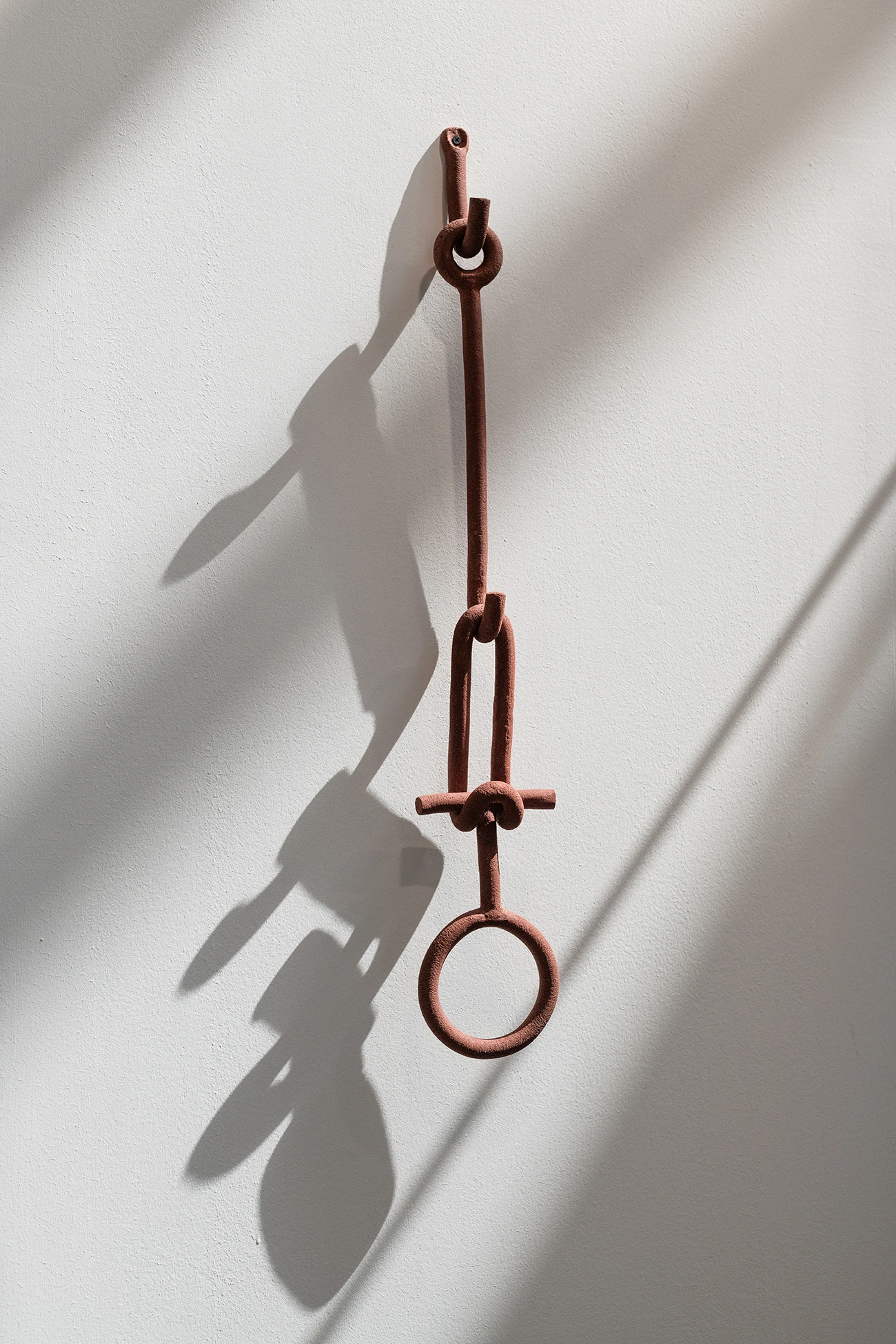
The evolution of CAN Ibiza Art Fair
Founded just four years ago, the fair has experienced a remarkable upward curve, according to Bogojev: “When I was offered this role, I just naively jumped into it. And it worked really well. But as the fair approached, I realized what a massive undertaking I had gotten involved in, and how many people were counting on its realization and a certain level of quality. But then, with Sergio’s team from Madrid being experienced with fairs, it’s been flawless in terms of organization and communication. Already from the first year, the quality was very high, and the participants, who initially came with some doubts, responded positively.”
Over the years, the island’s residents have also become more familiar with the fair, showing how the event is weaving itself into the social and cultural fabric of Ibiza. Beyond the locals — for some of whom the fair has become a fixed event on their calendar — CAN’s audience is largely made up of tourists who decide to check it out, and, of course, collectors. The fair’s international gallery roster gives it a truly global reach. “Since the very first year, we’ve had a VIP Collectors Program: we host a group of collectors on the island, take them to the preview, and then show them around the island and visit some of Ibiza’s art venues. This year, our partner Larry’s List brought a small group of their collectors, mostly from Asia, directly from Art Basel,” Bogojev explains.
Year after year, also CAN’s relationships with its partners grow stronger, allowing for the realization of more elaborate and structured projects. In terms of participating galleries, while the goal is to build an increasingly international network, Bogojev also finds great satisfaction in being able to shine a light on the Balearic art scene. “One of my favorite things that happens at the end of the fair is seeing galleries collaborate, exchanging artists, programs, spaces,” Bogojev shares. “But it is also very special when connections between local galleries and local artists arise — when that happens, we feel like we’ve helped spark something small but meaningful,” he adds.
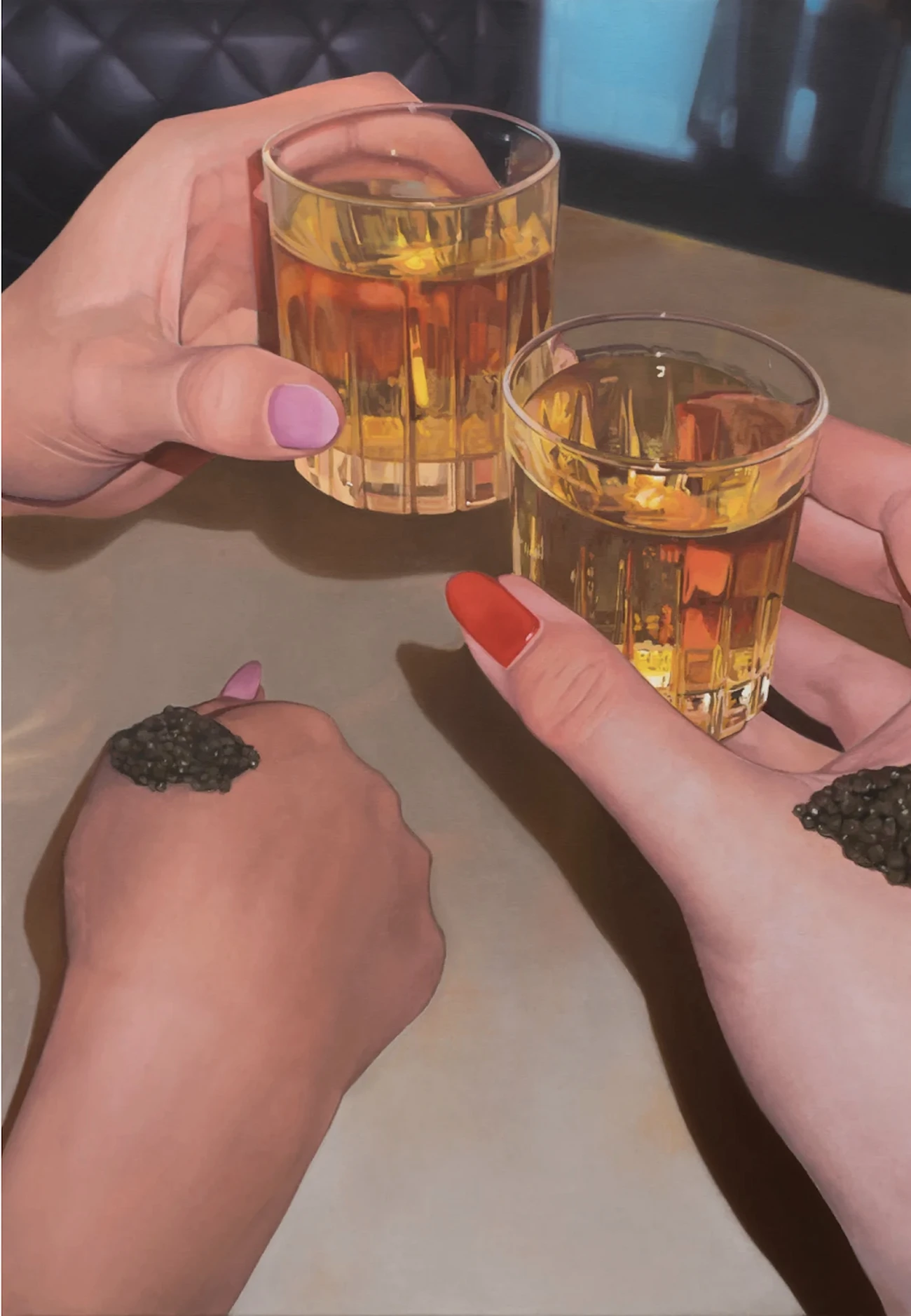
The novelties of CAN Ibiza Art Fair 2025
Conceived as an event that celebrates the current rebirth of figurative painting and works tied to the pictorial movement, in its early editions CAN naturally leaned toward this medium — something it will continue to support, but with a renewed exploratory spirit, as Bogojev explains: “Over the years, the fair has focused on figuration and painting, something I personally feel more connected to as a curator, but I sense that this year we have a broader range of works and languages.” As for the participating galleries, CAN 2025 welcomed a number of new names: Future Gallery from Berlin, Nino Mier with locations in New York and Brussels, Galerìa Pelaires from Menorca, and Sun. Contemporary from Bali, among others.
In an art fair landscape that feels increasingly saturated, Bogojev believes the only way to stand out is to focus on quality and locality, while always keeping an eye on the global scene: “I’m a fan of art fairs. They feel like a real-life Instagram to me — I can scroll through the booths and discover new things in person. Obviously, there has to be a limit; fairs lose meaning when there are too many of them. I still believe that maintaining a scale like CAN’s — a kind of boutique fair with 30 to 35 well-curated booths — allows us to keep the quality high.” He adds: “It’s important to bring a selection like this to an island that has veered so heavily toward tourism, in an effort to revitalize its cultural aspect and its creative impulse — hoping this might be the spark that gets things moving in a different direction.”
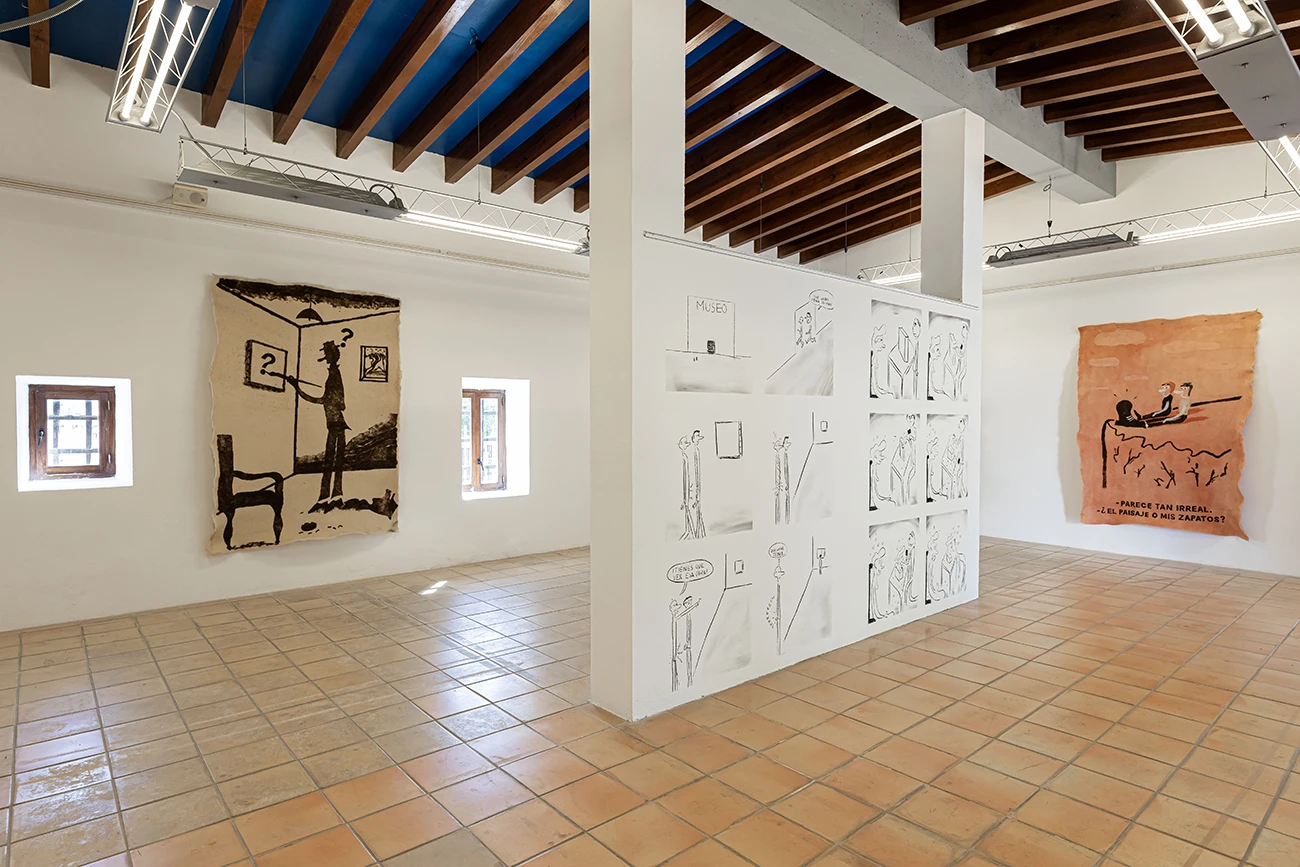
CAN – Contemporary Art Now
CAN, Contemporary Art Now, returns to the FECOEV fairgrounds, just outside Ibiza’s fortified old town, for its fourth edition 25-29 June 2025. Blending the excitement of the contemporary art scene with the easy-going attitude of the Mediterranean lifestyle, the fair presents the latest in contemporary art, spotlighting new and emerging artistic languages as well as more established artists to mark the start of the 2025 summer season. Curated once again by freelance writer and curator Saša Bogojev, and organised by the team behind the UVNT art fair now located at Matadero Madrid, the 2025 edition features a curated selection of international and Balearic galleries.
Saša Bogojev
Born in Croatia (Rijeka, 1978), Saša Bogojev lives and works in the Netherlands. Over the years, he has collaborated with various international publications and media, contributing to many artists’ books, magazines, exhibition texts, etc. Bogojev is primarily known for his curatorial work and a long-term relationship with Juxtapoz magazine, where he has been contributing editor and European correspondent for many years. Bogojev has curated Contemporary Art Now since its first edition in 2022.
Agnese Torres
